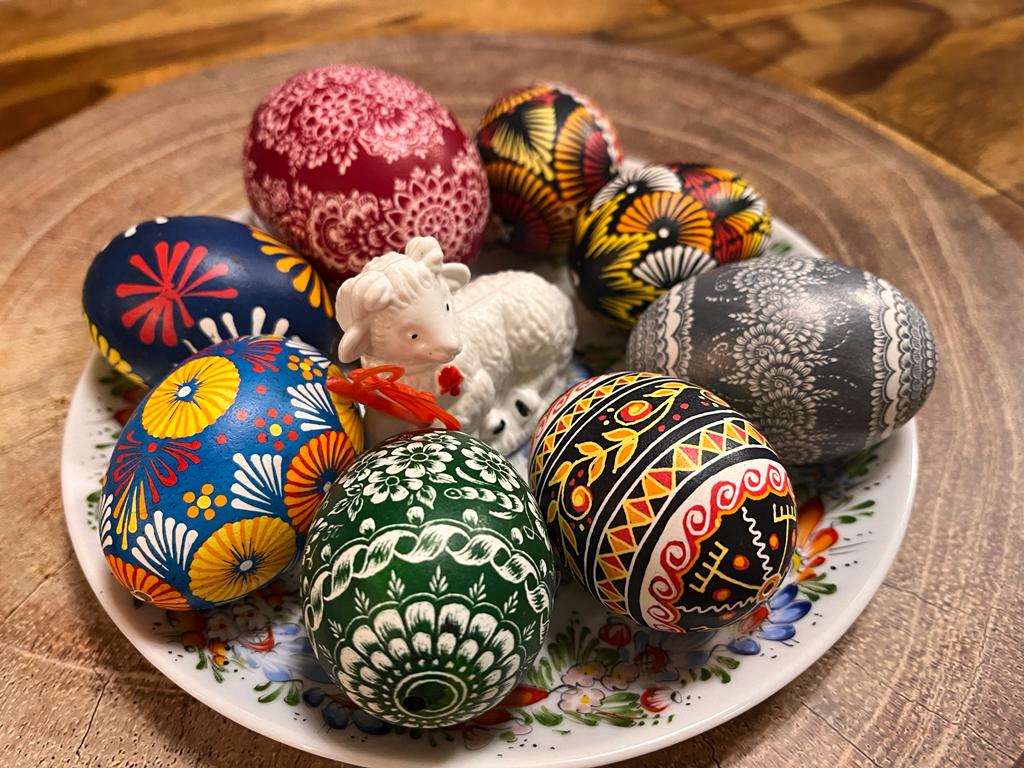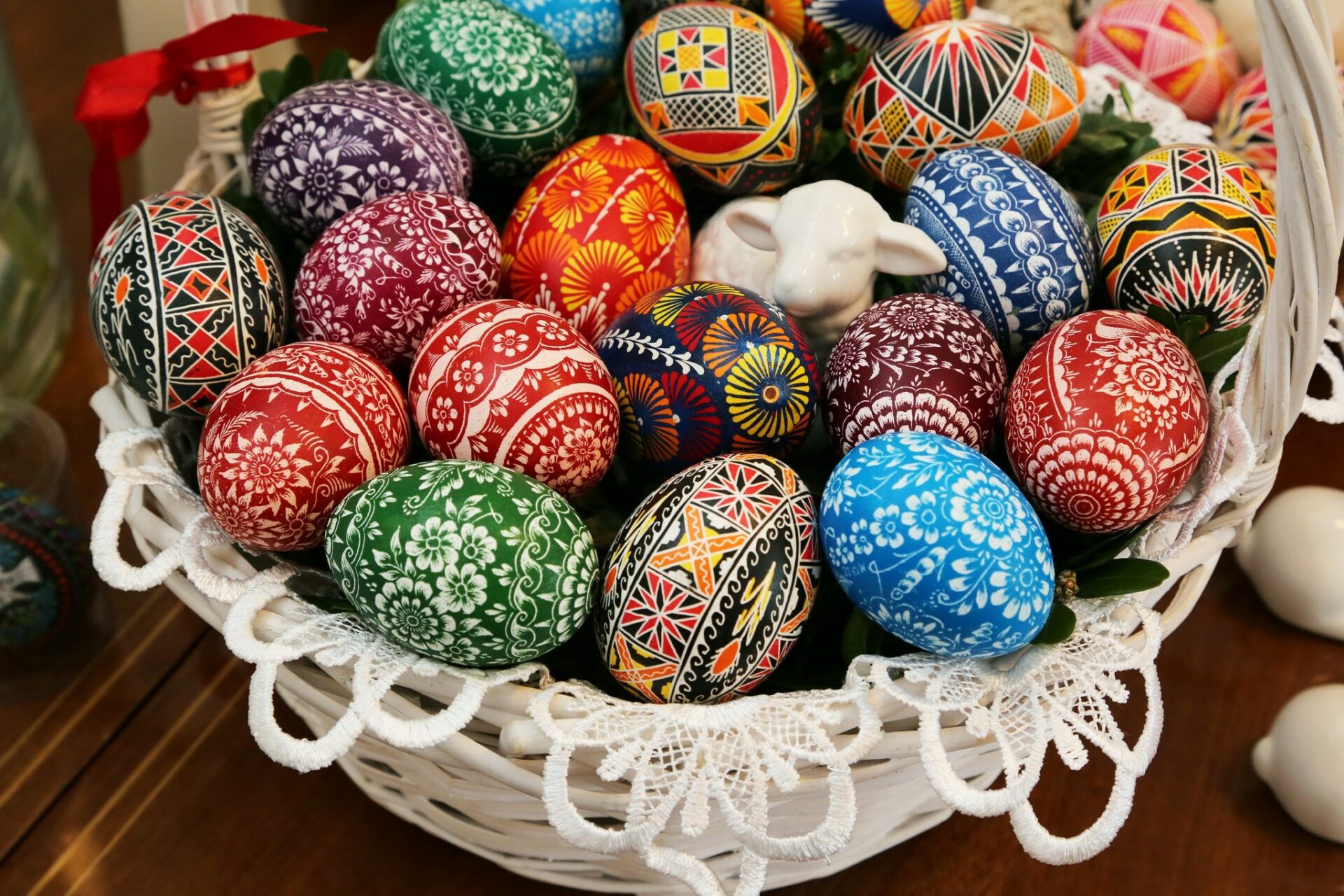Over 57 cherished rituals and traditions, including Easter kroszonki, batik Easter eggs, krzyżoki, and Easter turks, have been officially recognized and added to Poland’s National List of Intangible Cultural Heritage. These customs, passed down through generations, are deeply ingrained in Polish families, reflecting the country’s cultural richness and heritage. The initiative, overseen by the Minister of Culture and National Heritage along with the National Heritage Board of Poland, aims to preserve these traditions from fading into obscurity.
Kroszonki in Opole: A Vibrant Tradition
In Opole, the art of decorating eggs, known as kroszonki, thrives. This intricate craft involves painting eggs with single colours before employing a printmaking technique to adorn them with traditional plant motifs like palm trees, flowers, and leaves. These patterns are not only found on eggs but also various household items like tablecloths, curtains, and costumes, emphasizing their significance in Polish culture.
Krzyżoki in Borki Małe: A Unique Village Tradition
In the village of Borki Małe, located in the Opolskie Voivodeship, the tradition of krzyżoki takes centre stage during Easter. Here, locals construct elaborate Easter gates using thousands of eggshells during the Great Lent. These gates are then hung in the village centre on Holy Saturday, and on Easter Sunday, twelve bachelors parade around the fields at sunrise. This tradition, exclusive to Borki Małe, symbolizes the community’s collective spirit and devotion.
Batik Easter Eggs: A Delicate Craft
Batik Easter eggs showcase another artistic tradition, where eggs are meticulously decorated using the wax-resist technique. Crafters melt beeswax and use pins or tiny funnels to draw intricate patterns on the eggs before dyeing them. This process, repeated multiple times with different dyes, yields stunning and colourful designs, with careful consideration given to starting with lighter colours.
Traditional Blessing of Easter Food Baskets: A Sacred Ritual
In Dąbrowa Chotomowska, the traditional blessing of Easter food baskets holds deep significance. Families gather in private homes to have their food blessed, a practice that dates back for generations. While previously overseen by a designated housewife, since 1981, this responsibility has rotated among residents. This communal tradition underscores the importance of faith and unity within the village.
Turki Grodziskie: A Historical Parade
The Turki Grodziskie parade traces its origins to the 1683 war expedition led by King Jan III Sobieski to Vienna. Residents of Grodzisk, mistaken for Turks due to their uniforms, celebrated their safe return by guarding Christ’s Tomb in ‘Turkish’ costumes during Easter. This annual tradition serves as a poignant reminder of historical events intertwined with religious observance.
Bziuki: A Fiery Easter Custom
In Koprzywnica, the Easter tradition of bziuki involves a unique display of fire blowing during the Holy Saturday resurrection procession. Local firefighters carry the Blessed Sacrament and torches, igniting balls and columns of fire using kerosene held in their mouths. While the exact origins of this custom remain uncertain, its continuation for over a century reflects its deep-rooted significance in local culture.


